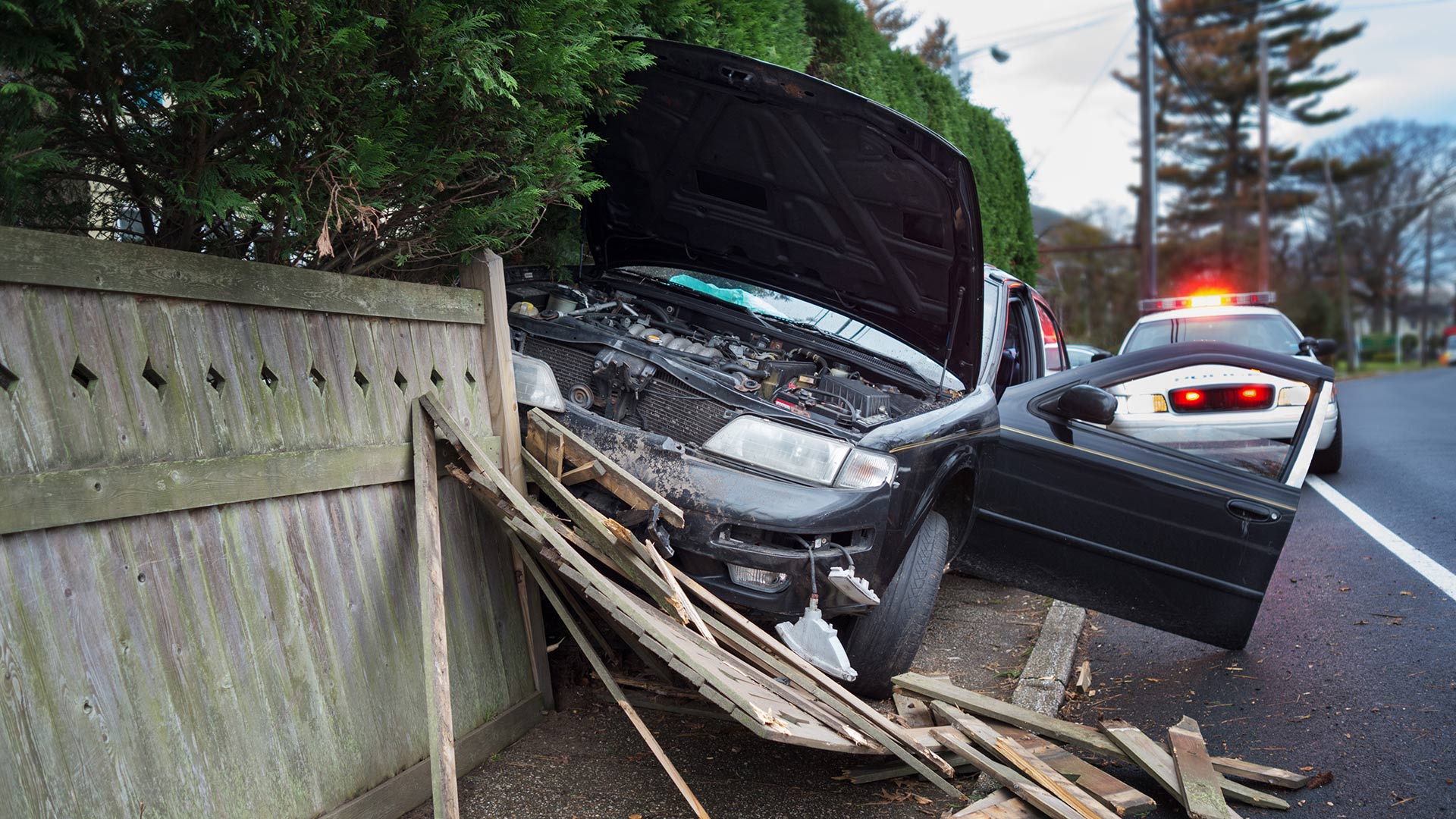[ad_1]

The National Transportation Safety Board (NTSB) recommended in a recent report that new vehicles made in the U.S. be equipped with blood alcohol monitors to prevent intoxicated driving and alcohol-related traffic fatalities.
The recommendation was given to the National Highway Traffic Safety Administration (NHTSA) in an effort to prevent alcohol-related car accidents, a major cause of deaths over the past several years.
The report comes after the NHTSA found that roadway deaths in the U.S. reached their highest level in 16 years, with 43,000 fatalities this year.
2020 data from the administration found that 30% of the total fatal accidents that year were alcohol-related.
The NTSB, which has no regulatory authority itself, is urging the administration to find a solution to the carnage.
“We need NHTSA to act. We see the numbers,” NTSB Chairman Jennifer Homendy said, according to the Associated Press. “We need to make sure that we’re doing all we can to save lives.”
Experts believe that returning to the roads after pandemic lockdowns may have contributed to the rise in car accidents.
Included in the NTSB report was the tragic crash in Fresno last year that killed both adult drivers and seven children after a drunk driver crashed head-on into another vehicle.
Homendy said the board has been encouraging the NHTSA to adopt alcohol monitoring technology since 2012, but the timeline has been sped up more recently following President Biden’s traffic safety agenda.
“The faster the technology is implemented the more lives that will be saved,” she claimed.
The board also recommended adopting systems that monitor a driver’s behavior and make sure they are alert at the wheel.
An example of this technology has been developed by Nissan, and uses a camera built into the instrument cluster that “looks for facial cues signifying the driver is inebriated” and for “driving patterns that suggest an impaired driver.”
Notably, Congress threw its weight behind blood-alcohol monitoring technologies last year.
Biden’s 2021 infrastructure bill, which preceded NTSB’s recent report, requires automakers to install “passive-monitoring” technology within the next three years.
However, it also allows the NHTSA to apply for an extension if needed.
“To ensure the prevention of alcohol-impaired driving fatalities, advanced drunk and impaired driving prevention technology must be standard equipment in all new passenger motor vehicles,” the bill reads.
Privacy advocates raised concerns about mandating such technology in vehicles, noting the invasiveness of in-car surveillance and the value such biometric information could offer to law enforcement agencies.
Julian Sanchez, Senior Fellow at the Cato Institute, argued against government mandates for automobile manufacturers to adopt technology that has not yet been fully developed and evaluated.
“That makes it seem wildly premature to empower an executive branch official to mandate what is, essentially, surveillance technology in all automobiles when the precise form of the technology remains uncertain, and it’s impossible to concretely debate the merits of specific systems,” Sanchez wrote.
“We also know that it’s going to take time for NHTSA to evaluate what technologies are available and how to develop a standard,” Homendy admitted.
Since 2008, the NHTSA, along with 16 automakers and a Swedish research company, formed the Driver Alcohol Detection System for Safety to fund R&D for alcohol monitoring systems.
Jake McCook, spokesman for the group, said technologies such as breath detectors and light sensors that can detect alcohol level in a person’s finger may be ready by 2024.
After the technology is ready, McCook noted it will still take several years to manufacture the vehicles and see them in use on the roads.
Supporters of the technology believe it will not only save lives, but will also save billions of dollars in hospital treatment costs. More drunk-driving prevention could also potentially help law enforcement agencies by reducing the traffic enforcement workload, freeing up funds to combat other types of crime as well as making the roads safer for officers and the communities they serve.
[ad_2]



